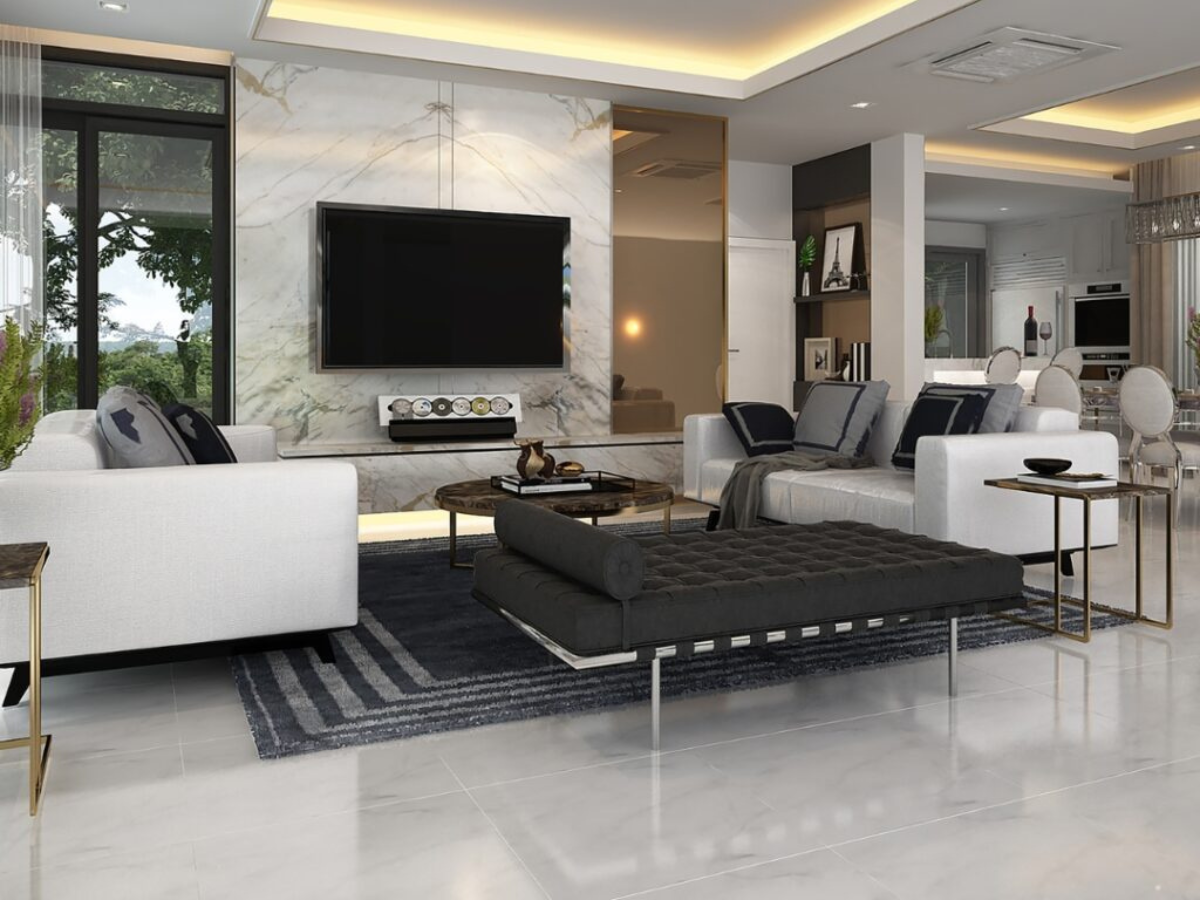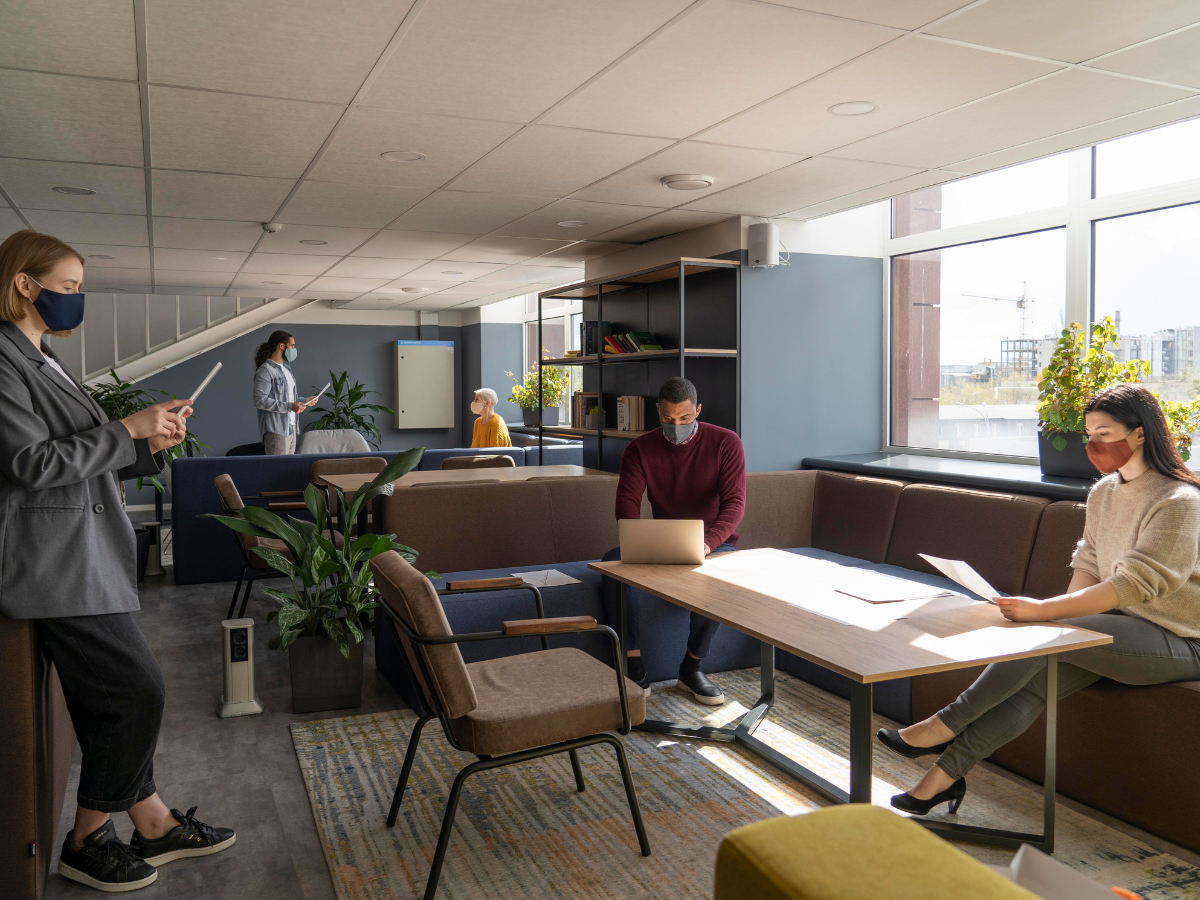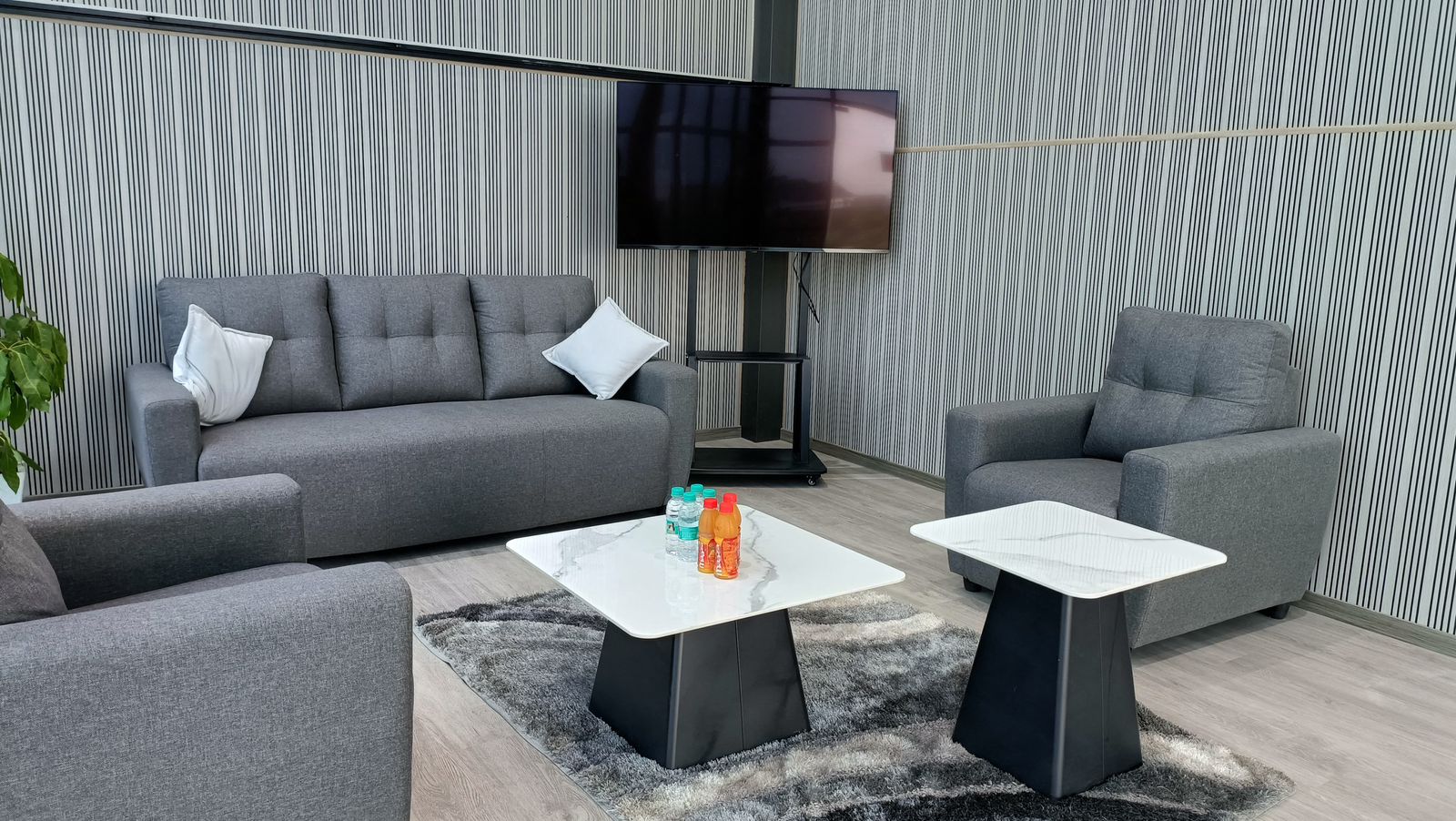“I always put in one controversial item. It makes people talk“, says Dorothy Draper. Interior design is the art of making the best possible use of the available space. At the same time you should be very cautious of the design. To find home design nirvana, be sure follow the underlying principles.
1. Planning
Space planning comes first in the interior design process. Blocking out interior spatial spaces, defining circulation patterns, and developing designs for furniture layout and equipment placement are all part of space planning. Every interior design project starts with an evaluation of a room’s practical inadequacies and how the features might be altered to better suit the people who live there. What do you need in your space and how do you move through your life every day? The purpose of space planning is to make things more efficient.
2. Vision
Once the idea of how the space should function is in place, then mesh those requirements with the desired aesthetic and atmosphere, to create a concept for the space. It’s really about creating a vision. When you can put that well-thought-out idea into action, the interior has a timeless and long-lasting quality. Think about how the interior is going to come together with all the different elements and pieces before the execution.
3. Materials and construction
Materials and structure have an impact on how a person perceives the finished area, thus quality is crucial. The sound and feel of high-quality materials are distinct from those of low-quality materials. Natural materials are most preferred. Designers frequently use materials such as wool, silk, and linen, and prefer furniture made of solid wood or well-crafted antiques. Spending a lot of money on something doesn’t always imply that you’re getting a quality piece. Instead, evaluate whether something is made of an enduring material and built to last. It’s not that everything has to be expensive. There can always be some great finds [at lower price points].
4. Differentiator, Contrast, Balance
The combination of different materials, shapes, patterns and textures can enhance their innate properties. Contrasting is required so that the eye can appreciate the difference. If a tile is very strong pattern, it’s very important that the other elements in the room are quieter, in order to make that strong element stronger. Make sure those things are seen and not muddied by adjacent elements.
Don’t get carried away and buy everything at the same time or at the same location. Character is built within your interior design by adding the things slowly-slowly, over time you will find things you love and build your homes character.
5. Express your individuality
Create your house a one-of-a-kind haven that welcomes you, home, after a long day and offers an exciting tale to your guests. To get the intended impact, a designer knows when to add and remove pieces. Hire a professional interior designer who is skilled and can assist you in achieving your dream home while avoiding costly blunders.










One Response
Very interesting topic, regards for posting